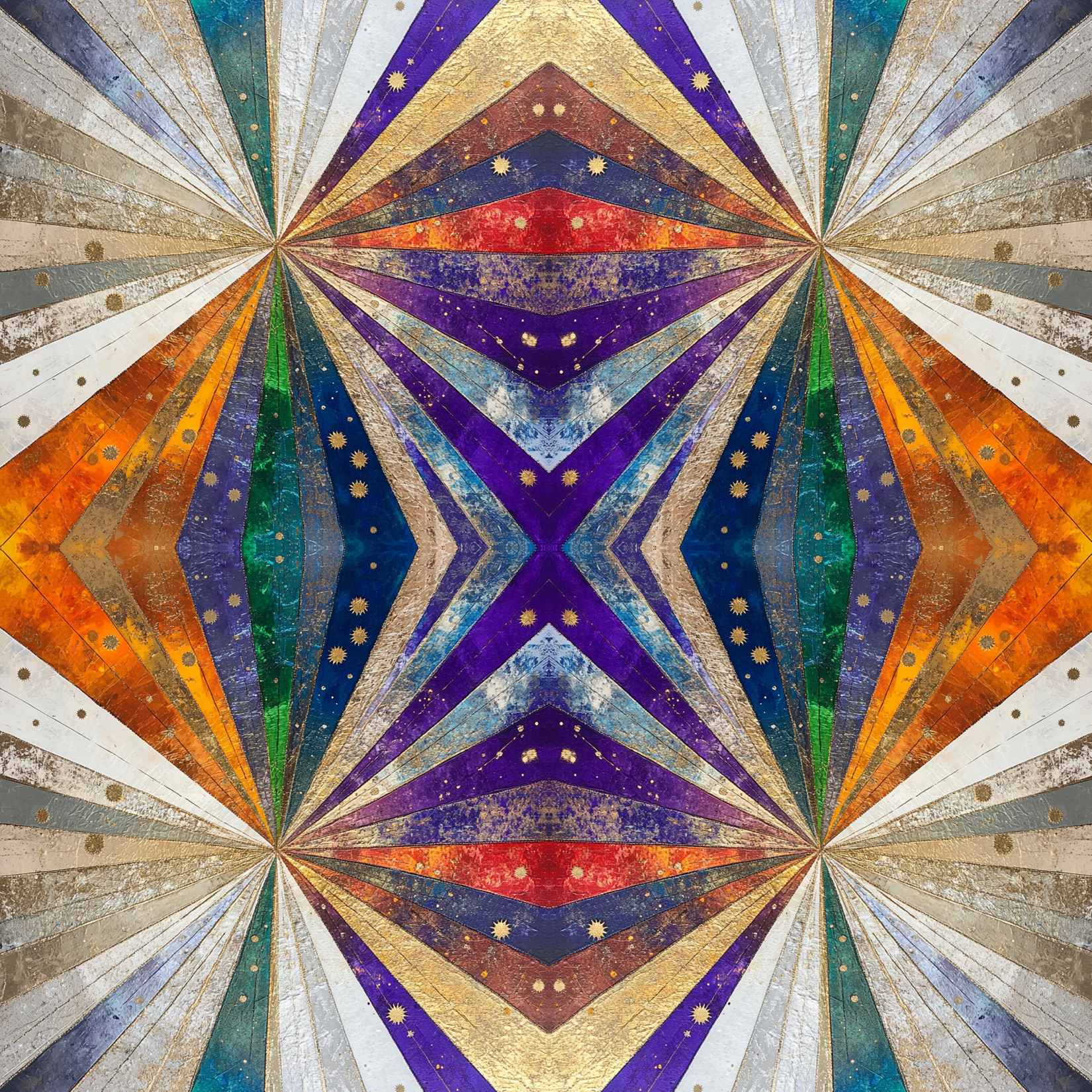My entire career as a book designer and typesetter for print and e-books has been about embracing, learning, and using new technology. So I was pretty open to seeing what I could do with the new AI image-generating programs.
I started using the Microsoft Bing AI Image Generator in early 2023, which was then powered by the DALL-E 2 version of the program. The Bing Image Generator was recently updated to the DALL-E 3 version, which generates significantly different results than the older version.
I started designing the first pages of classic books mostly to practice and update my design skills and to see what I could produce. I had been working mostly on book designs for the first pages of classic books for several months when I decided to try using an AI Image Generator to create cover illustrations to use in the design of book covers of the classic books.
One of the first covers I worked on was for Leo Tolstoy’s “Anna Karenina.” Below are two examples, one of Anna herself, and the other a floral pattern where I specified the colors and style of the abstract image.

Bram Stoker’s “Dracula” is one of my favorite books to read and it’s also a great book to work on as a designer and typesetter. I spent weeks generating different types of Dracula illustrations in every style that I could think of to try. I used various prompts to generate the images, including Dracula, moon, bats, fire, wolves, and many different styles, including Victorian, Art Deco, Sci-Fi, and Gothic.

My Dracula book covers were getting enough likes on Instagram for me to keep going. But my interior and cover designs of “The Fountainhead” and “Atlas Shrugged” by Ayn Rand usually get the most


My Dracula book covers were getting enough likes on Instagram for me to keep going. But my interior and cover designs of “The Fountainhead” and “Atlas Shrugged” by Ayn Rand usually get the most likes of anything that I post, which I think attests to the number of Ayn Rand fans and followers out there.
I started out using “1984” for the George Orwell book cover title, but then realized that the correct title was “Nineteen Eighty-Four.” I can see where other publishers and designers decided to shorten the title to “1984” as it looks great in type and stands out as a book title.

The Bing AI Image Generator that I used for these images shows four images to choose from for each prompt. I was mostly looking for literal representations of the book topics, such as the main characters or recognizable settings—but the AI was great at generating great abstract images and patterns. I loved some of the images, but couldn’t figure out any book that they would be right for. So I decided to do some self promotion. These are two of my favorites.

I enjoyed working on these covers of Aldous Huxley’s “Brave New World.” I used various types of prompts to come up with the images, including “sci-fi style” and “futuristic.” The program had thoughts of its own just based on the words “brave new world.” I used my best sci-fi style type faces for the titles and author names.

I’ve had very good and interesting results in using AI to generate images for many characters from classic books. When entering a prompt for an image, you can be as specific or as general as you want to be. Sometimes I like to specify things like colors and art style, but it can be useful to see what the program comes up with on its own. I went through many variations before I settled on these images for Dorian Gray, Dr. Jekyll and Mr. Hyde, and Frankenstein.

Series design for Dante Alighieri’s Divine Comedy: “Inferno,” “Purgatorio,” and “Paradiso.” I can’t take credit for the rendering of the illustrations, but I think they work together as a set. If I were to do again, I would make the backgrounds a darker shade of gold, or maybe try a black or red background with white or gold type.

I have a lot of ideas for new book covers, and plan to experiment more with a variety of different types of layouts. I used a similar design for most of these covers, with the book title at the top of the page and the author name centered at the bottom. I didn’t want to cover the images with text, but it will be a great challenge to figure out creative ways to set the type over the images.
I was mostly focusing on using different type faces for each book that would convey something about the time period, tone, or topic. I also changed the color and textures of the bars at the top and bottom of most pages so that they would coordinate with the colors in the image.
I haven’t used any AI images for actual books yet, but I expect that to happen in the near future.
